

Articles
How To Store Spinach Leaves
Modified: September 1, 2024
Learn the best way to store spinach leaves and keep them fresh for longer. Read articles on proper storage techniques and tips for maintaining nutritional value.
(Many of the links in this article redirect to a specific reviewed product. Your purchase of these products through affiliate links helps to generate commission for Storables.com, at no extra cost. Learn more)
Introduction
Spinach is a versatile and nutritious leafy green vegetable that is packed with vitamins, minerals, and antioxidants. Whether you enjoy it in salads, sandwiches, or cooked dishes, it’s important to store spinach properly to keep it fresh and flavorful for as long as possible. Storing spinach leaves correctly not only extends their shelf life but also helps maintain their nutritional value. In this article, we will explore the importance of properly storing spinach leaves and provide you with helpful tips on how to do it effectively.
When spinach is not stored correctly, it can quickly wilt, turn limp, and lose its vibrant color. This can lead to a decrease in the nutritional content and overall quality of the leaves. By following proper storage methods, you can ensure that your spinach stays fresh and vibrant for a longer period of time.
Whether you have just purchased fresh spinach from the grocery store or harvested it from your own garden, the key to storing spinach successfully lies in understanding the right conditions and techniques. From choosing the right spinach leaves to proper cleaning and storage techniques, we will guide you through the process step by step.
So, if you’re ready to learn how to store spinach leaves properly, let’s dive in and explore the wonderful world of spinach storage!
Key Takeaways:
- Properly storing spinach leaves is crucial for maintaining freshness, taste, and nutrients. Follow these tips to extend shelf life, reduce waste, and save money while enjoying the benefits of this nutritious vegetable.
- Choose fresh spinach, clean and dry thoroughly, and store in the refrigerator or freezer for short or long-term use. Regularly inspect, remove damaged leaves, and utilize within a week for optimal freshness and flavor.
Read more: How To Store Washed Spinach
Importance of Properly Storing Spinach Leaves
Properly storing spinach leaves is crucial to maintain their freshness, taste, and nutritional value. By storing spinach correctly, you can extend its shelf life and enjoy its benefits for longer periods. Here are some key reasons why it’s important to store spinach leaves properly:
- Prolongs freshness: Spinach leaves are highly perishable and can quickly wilt if not stored correctly. By following proper storage methods, you can help prolong the freshness of the leaves and ensure they stay crisp and vibrant.
- Preserves nutrients: Spinach leaves are packed with essential vitamins and minerals, including vitamin A, vitamin C, iron, and calcium. Proper storage helps preserve these nutrients, allowing you to reap the full health benefits of spinach.
- Reduces food waste: When spinach leaves are not stored properly, they can spoil quickly, leading to unnecessary waste. By storing spinach correctly, you can minimize food waste and make the most of your fresh produce.
- Saves money: By extending the shelf life of spinach, proper storage can help you save money in the long run. Instead of having to throw away wilted or spoiled spinach, you can use it before it goes bad.
- Allows for meal planning: When you have properly stored spinach on hand, it becomes easier to incorporate it into your meal planning. You can confidently include spinach in various recipes, knowing that it’s fresh and ready to use.
By understanding the importance of properly storing spinach leaves, you can make the most of this nutritious vegetable and fully enjoy its taste and health benefits. Now, let’s move on to learning how to choose the freshest spinach leaves for storage.
Choosing Fresh Spinach Leaves
When it comes to storing spinach leaves, starting with fresh and high-quality leaves is essential. Here are some tips to help you choose the freshest spinach leaves for storage:
- Inspect the leaves: Look for spinach leaves that are vibrant green and free from any yellowing or wilting. Avoid leaves that have bruising or signs of decay.
- Check the stems: Examine the stems of the spinach leaves. They should be firm and not slimy or mushy. Avoid spinach with damaged or discolored stems.
- Opt for organic: If possible, choose organic spinach. Organic produce tends to be fresher and free from chemical residues.
- Choose bunches over pre-packaged: When given the option, select fresh spinach leaves that are sold in bunches. Bunched spinach is often fresher and allows you to inspect the leaves before purchasing.
- Consider the season: Spinach is typically more readily available and freshest in the spring and fall seasons. While it can still be found year-round, choosing spinach during its peak season can ensure better quality.
By selecting fresh and high-quality spinach leaves, you set a solid foundation for storing them effectively. Now that you’ve chosen your spinach, let’s move on to the next step: cleaning and drying the leaves before storage.
Proper Cleaning and Drying Techniques
Before storing spinach leaves, it’s important to clean them thoroughly to remove any dirt, bacteria, or pesticides. Follow these steps for proper cleaning and drying:
- Rinse the leaves: Start by placing the spinach leaves in a colander and rinsing them under cold running water. Gently separate the leaves to ensure that all surfaces are cleaned.
- Inspect for dirt: As you rinse the leaves, inspect them carefully for any remaining dirt or debris. If needed, gently rub the leaves with your fingers to remove stubborn dirt.
- Soak in cold water: Fill a clean sink or large bowl with cold water. Submerge the spinach leaves in the water and gently agitate them to loosen any remaining dirt or contaminants.
- Drain and repeat: Drain the water and refill the sink or bowl with fresh cold water. Repeat the process of submerging and agitating the leaves to ensure thorough cleaning.
- Spin or pat dry: After cleaning, you can choose to either spin the spinach leaves in a salad spinner to remove excess moisture or gently pat them dry with a clean kitchen towel. Ensure that the leaves are completely dry before moving on to the next step.
Properly cleaning and drying spinach leaves not only removes potential contaminants but also helps prevent excess moisture, which can lead to faster wilting and spoilage. Once your spinach leaves are clean and dry, you’re ready to move on to the next section: storing spinach leaves using different methods.
Methods for Storing Spinach Leaves
There are different methods you can use to store spinach leaves, depending on how soon you plan to use them. Here are some effective methods for storing spinach:
- Refrigerator storage: This is the most common method for short-term storage. After cleaning and drying the spinach leaves, place them in a breathable storage container or a resealable plastic bag lined with a paper towel. Seal the bag or container and store it in the vegetable crisper drawer of your refrigerator. Spinach leaves stored this way can last for up to a week.
- Blanching and freezing: If you have an abundance of spinach leaves and want to store them for a longer period, blanching and freezing is an excellent option. Start by blanching the cleaned spinach leaves in boiling water for a few seconds, then transfer them to an ice bath to stop the cooking process. Drain the cooled leaves and pack them in airtight freezer bags or containers. Make sure to remove as much air as possible before sealing. Frozen spinach can be stored for several months.
- Preserving in oil: Another method to store spinach leaves is by preserving them in oil. After cleaning and drying the leaves, blanch them in boiling water for a few seconds and immediately transfer them to an ice bath. Drain the cooled leaves and pack them tightly in clean, sterilized jars. Fill the jars with olive oil, making sure all the leaves are fully submerged. Seal the jars tightly and store them in a cool, dark place. Preserved spinach leaves can last for several weeks.
Choose the storage method that best suits your needs and the quantity of spinach leaves you have. Now that you’re familiar with these different methods, let’s dig deeper into storing spinach leaves in the refrigerator.
Store spinach leaves in a clean, airtight container lined with paper towels to absorb excess moisture. Keep in the refrigerator and use within 3-4 days for best quality.
Read more: How To Store Fresh Spinach
Storing Spinach Leaves in the Refrigerator
Storing spinach leaves in the refrigerator is a common and convenient method for preserving their freshness. Follow these steps to store spinach leaves in the refrigerator:
- Clean and dry: Make sure the spinach leaves are properly cleaned and thoroughly dried before storing them in the refrigerator. Excess moisture can cause the leaves to wilt and spoil quickly.
- Breathable storage container: Choose a breathable storage container, such as a paper bag or a plastic container with air vents. Alternatively, you can line a resealable plastic bag with a paper towel to absorb any excess moisture.
- Layering: Place a layer of spinach leaves in the storage container. Avoid overcrowding the leaves to allow proper airflow.
- Interleaving: If you have a large quantity of spinach leaves, you can place a piece of paper towel or a clean kitchen towel between the layers to absorb any excess moisture and prevent the leaves from sticking together.
- Seal and store: Seal the storage container or close the resealable bag, making sure to remove as much air as possible. Place the container or bag in the vegetable crisper drawer of your refrigerator, which provides a slightly higher humidity level ideal for storing leafy greens.
- Regular checks: Check on the spinach leaves periodically and remove any wilted or spoiled leaves to prevent them from affecting the rest of the batch.
By following these steps, you can maximize the shelf life of your spinach leaves and keep them fresh for up to a week in the refrigerator. Remember to store the spinach away from strong-smelling foods, as spinach easily absorbs odors. Now, let’s explore the option of freezing spinach leaves for longer-term storage.
Freezing Spinach Leaves for Long-term Storage
If you have an abundance of spinach leaves and want to store them for an extended period, freezing is a great option. Follow these steps to freeze spinach leaves:
- Clean and blanch: Begin by cleaning the spinach leaves thoroughly and removing any tough stems. Blanch the leaves by briefly immersing them in boiling water for about 30 seconds. This blanching process helps preserve the color, texture, and nutrients.
- Ice bath: Immediately transfer the blanched spinach leaves to an ice bath to stop the cooking process and preserve their vibrant green color. Allow the leaves to cool for a few minutes in the ice bath.
- Drain and dry: Drain the cooled spinach leaves and gently squeeze out any excess moisture. You can use a clean kitchen towel or paper towels to pat them dry gently. Removing excess moisture prevents freezer burn.
- Portion and pack: Divide the spinach leaves into portion sizes that suit your needs. You can pack them in airtight freezer bags or containers. Make sure to remove as much air as possible from the bags before sealing them.
- Label and date: Label the freezer bags or containers with the date of freezing. This helps you keep track of the time the spinach has been in the freezer and maintain its quality.
- Freeze: Place the packed spinach leaves in the freezer and ensure they are kept flat to prevent them from sticking together. Avoid overcrowding the freezer, allowing proper air circulation for better freezing.
- Thawing and using: When you’re ready to use the frozen spinach leaves, simply remove the desired portion from the freezer and thaw it in the refrigerator overnight. Once thawed, you can squeeze out any excess moisture before incorporating the spinach into your favorite dishes.
By following these steps, you can effectively freeze spinach leaves and extend their storage life for several months. Frozen spinach can be used in a variety of recipes like soups, stews, smoothies, and sautéed dishes.
Now that you’re equipped with the knowledge of storing spinach leaves in the refrigerator and freezing them for long-term storage, let’s explore some additional tips to help you keep your spinach fresh.
Tips for Keeping Spinach Leaves Fresh
To ensure that your spinach leaves stay fresh and delicious, consider the following tips:
- Store unwashed: It’s best to store spinach leaves unwashed to prevent excess moisture that can lead to wilting and spoilage. Clean the leaves just before you’re ready to use them.
- Remove tough stems: Removing the tough stems from the spinach leaves helps in maintaining their freshness and texture. The stems can be composted or used in other recipes.
- Avoid moisture: Moisture is the enemy of fresh spinach leaves. Make sure the leaves are completely dry before storing them to prevent excess moisture that can cause wilting. Pat them dry using a clean kitchen towel or paper towels.
- Inspect regularly: Check your stored spinach leaves regularly for any signs of wilting or spoilage. Remove any damaged or wilted leaves to prevent them from affecting the rest of the batch.
- Keep separate from strong-smelling foods: Spinach easily absorbs odors, so store it separately from strongly scented foods like onions or garlic to avoid altering the flavor of the leaves.
- Utilize within a week: While stored properly, spinach leaves can remain fresh for up to a week in the refrigerator. It’s best to consume them within this time frame to enjoy their optimal taste and quality.
- Use proper storage containers: Choose breathable storage containers, such as paper bags or containers with air vents, for short-term refrigerator storage. For long-term freezing, use airtight freezer bags or containers to prevent freezer burn.
- Label and date: Properly label your stored spinach leaves with the date of storage. This helps you keep track of their freshness and ensures you use them within the recommended storage time.
By following these tips, you can maximize the freshness and flavor of your spinach leaves and enjoy them in a variety of dishes. With proper storage and care, your spinach will remain vibrant and nutritious for longer periods.
Now that you’re equipped with the knowledge of how to keep spinach leaves fresh, you can confidently store and use this nutritious green vegetable with ease.
Conclusion
Properly storing spinach leaves is key to maintaining their freshness, taste, and nutritional value. By following the tips and techniques outlined in this article, you can extend the shelf life of spinach leaves and enjoy their benefits for longer periods.
Start by choosing fresh spinach leaves that are vibrant green and free from any wilting or yellowing. Organic spinach is preferable for the best quality. Thoroughly clean and dry the leaves, removing any dirt or debris. This helps prevent the growth of bacteria and maintains the quality of the leaves.
There are various methods for storing spinach leaves, depending on how soon you plan to use them. For short-term storage, place cleaned and dried spinach leaves in a breathable storage container or resealable plastic bag lined with a paper towel. Store them in the vegetable crisper drawer of your refrigerator.
If you have an abundance of spinach leaves, consider blanching and freezing them for long-term storage. Blanching helps preserve the color and texture of the leaves, while freezing ensures their freshness for several months. Alternatively, you can preserve spinach leaves in oil for a shorter storage period.
To keep your spinach leaves fresh, remember to regularly check for any signs of spoilage, remove damaged leaves, and store them separate from strongly scented foods. Always use spinach within a week for optimal freshness and taste.
A little bit of effort in proper storage techniques goes a long way in preserving the quality and nutritional value of spinach leaves. By incorporating these tips into your routine, you can enjoy fresh, vibrant, and nutritious spinach in your meals for an extended period of time.
Now, armed with the knowledge of how to properly store spinach leaves, you can make the most of this versatile and healthy vegetable. Whether you use it in salads, smoothies, or cooked dishes, you’ll be able to savor the delicious taste and reap the numerous health benefits of spinach.
Frequently Asked Questions about How To Store Spinach Leaves
Was this page helpful?
At Storables.com, we guarantee accurate and reliable information. Our content, validated by Expert Board Contributors, is crafted following stringent Editorial Policies. We're committed to providing you with well-researched, expert-backed insights for all your informational needs.
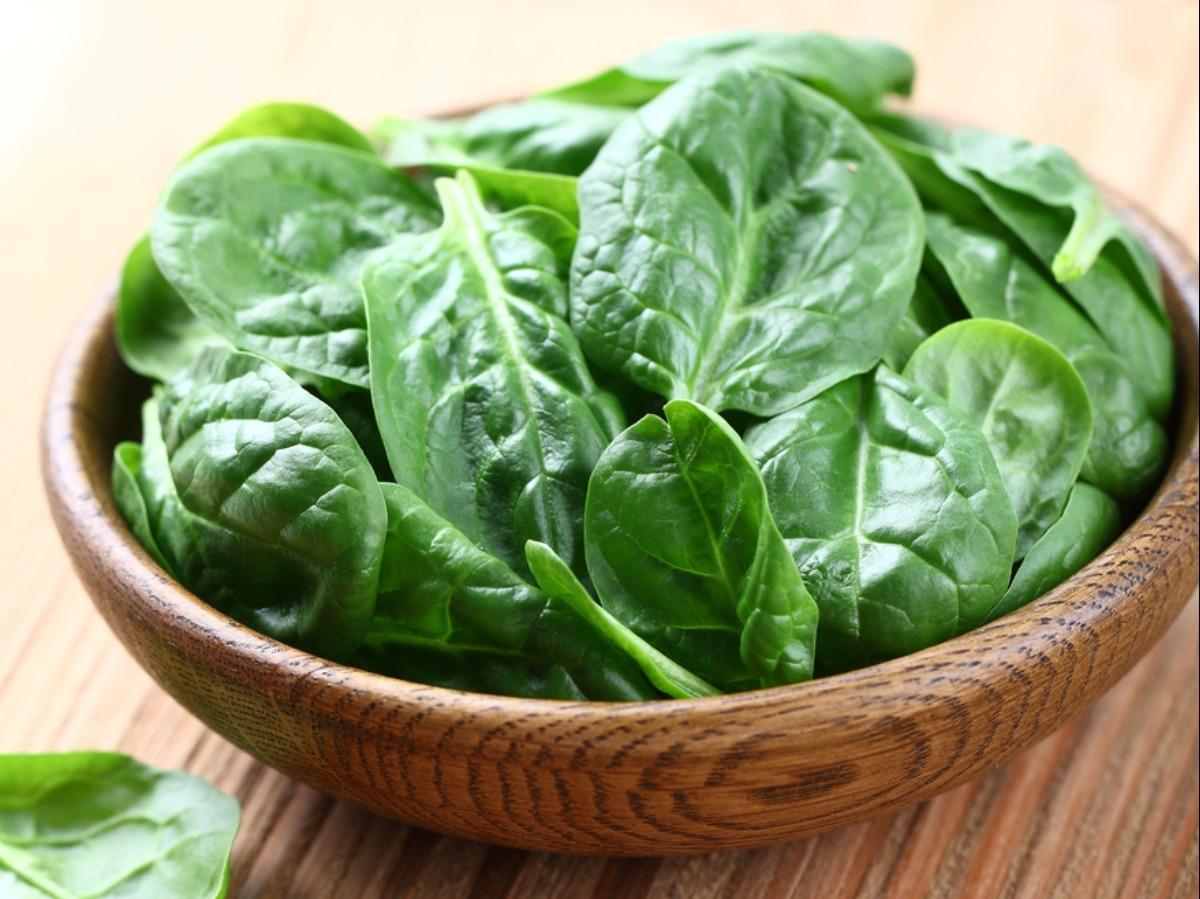
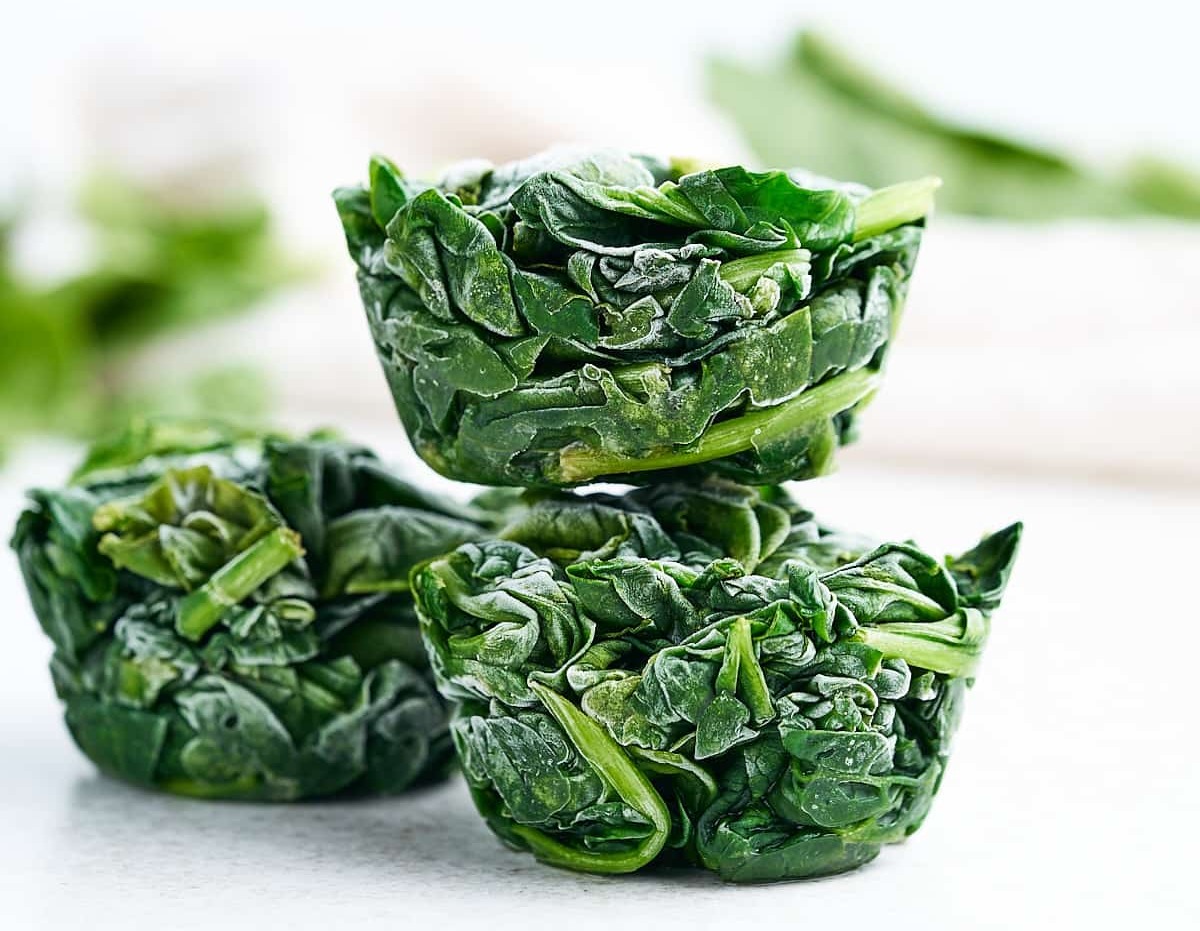
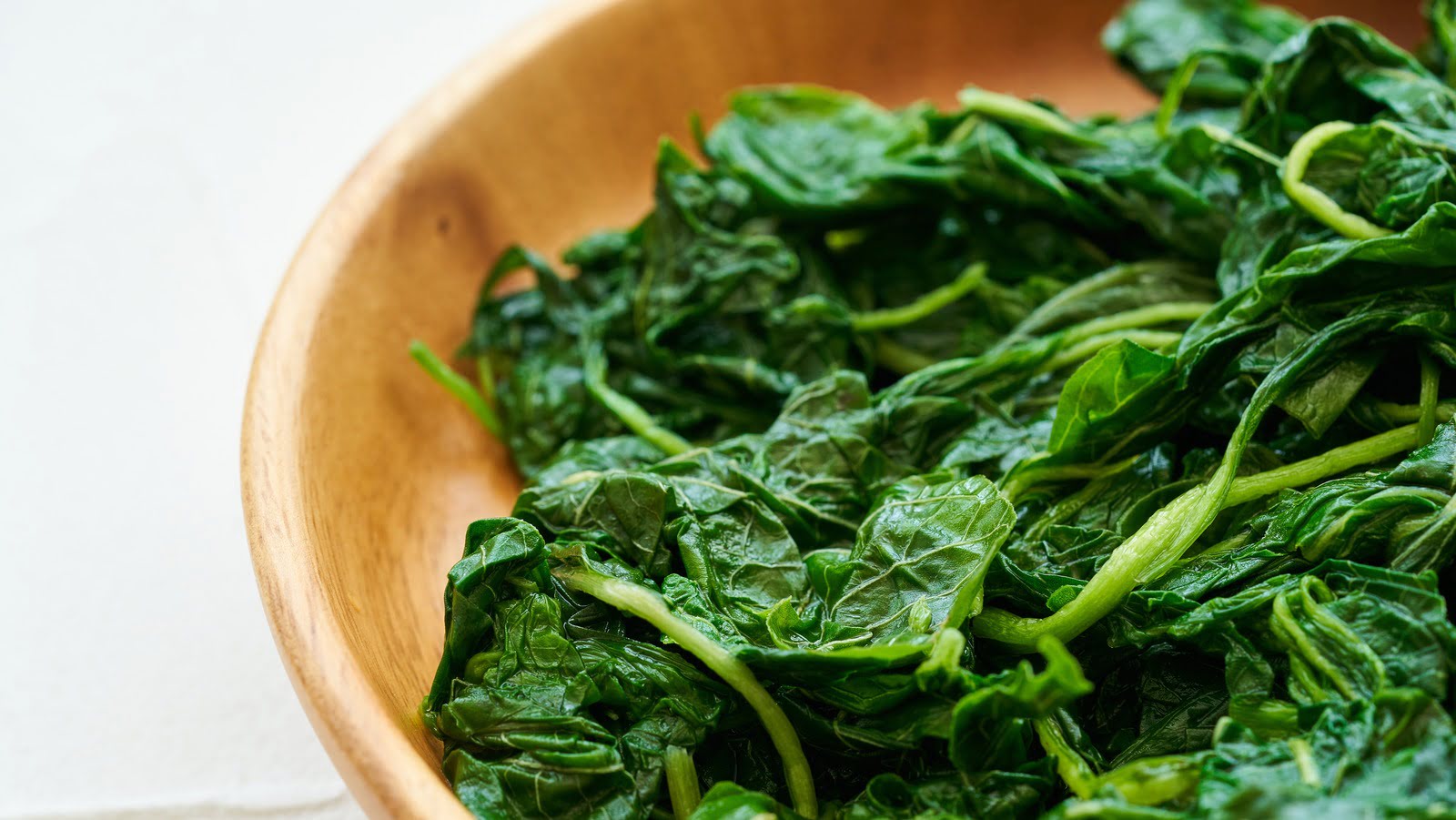
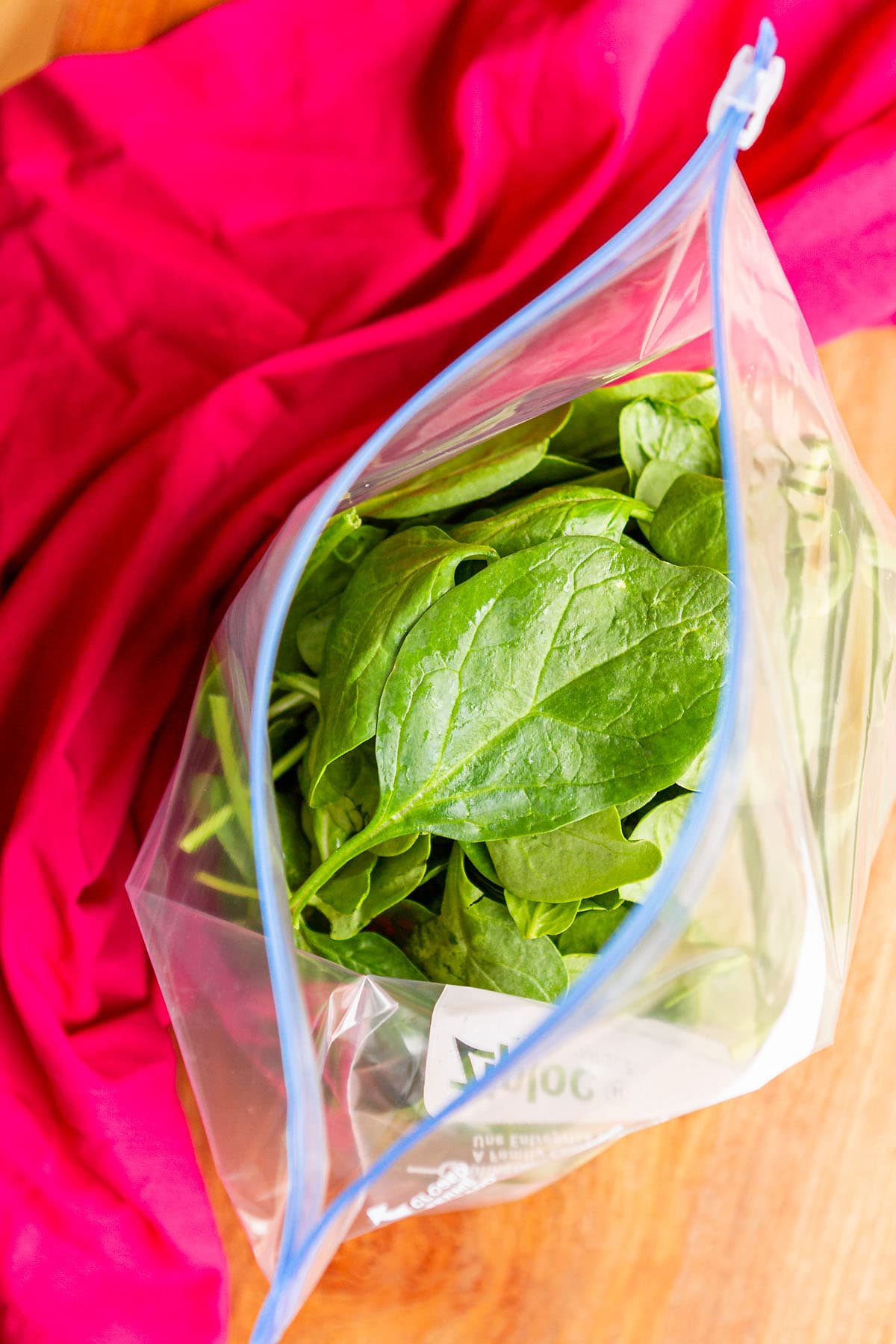

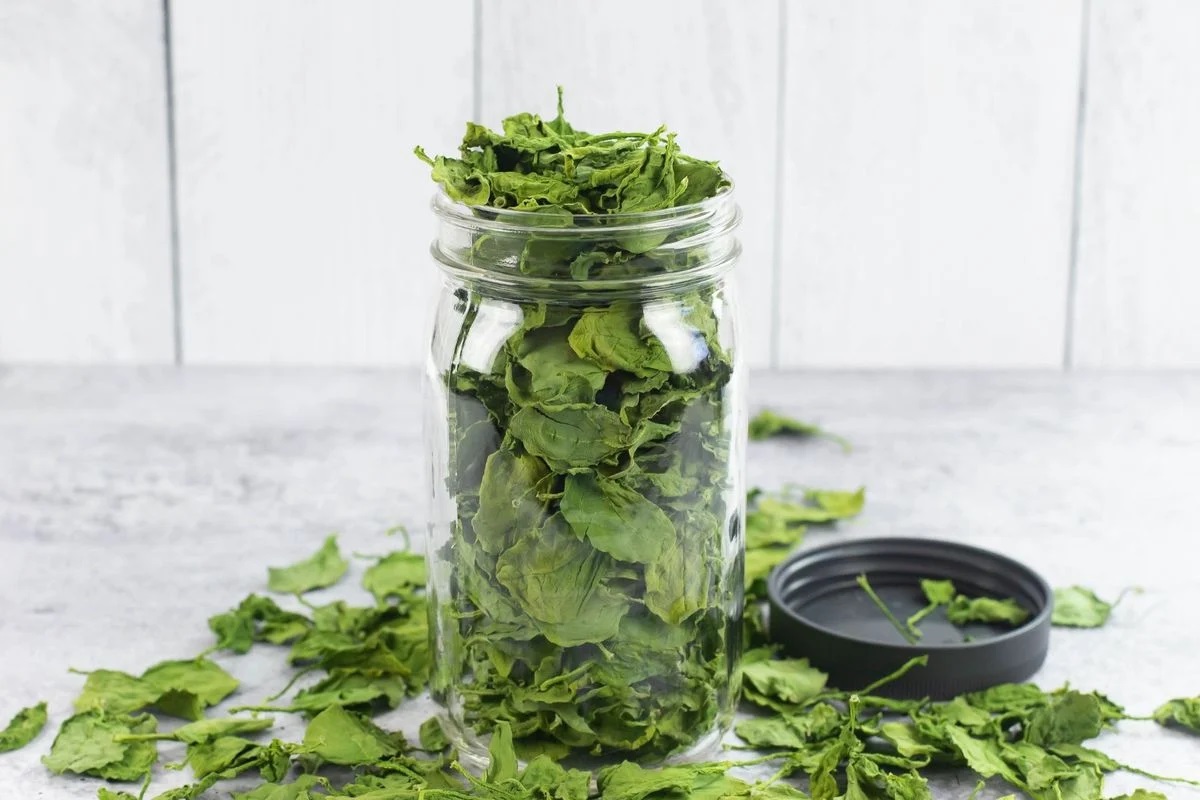
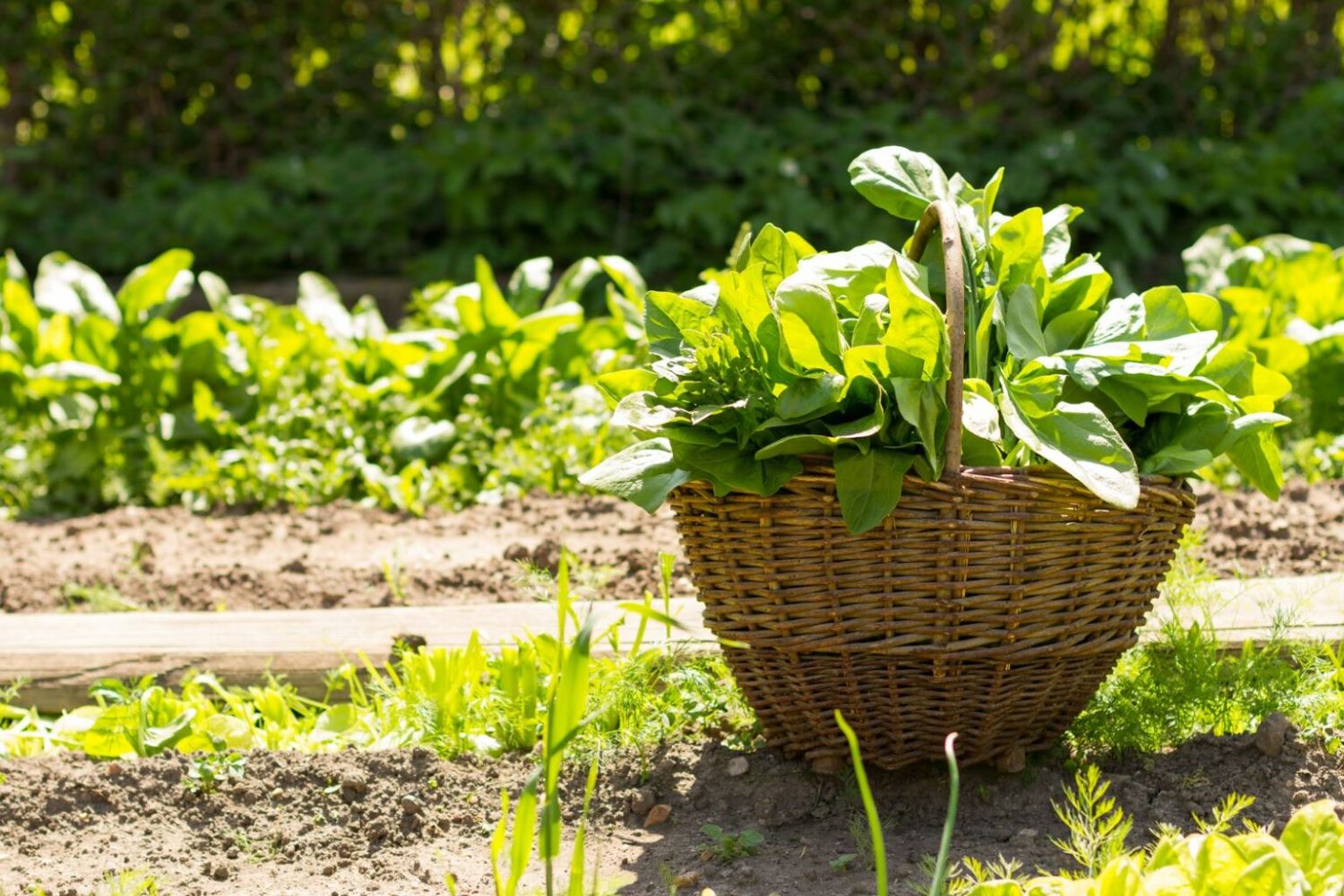

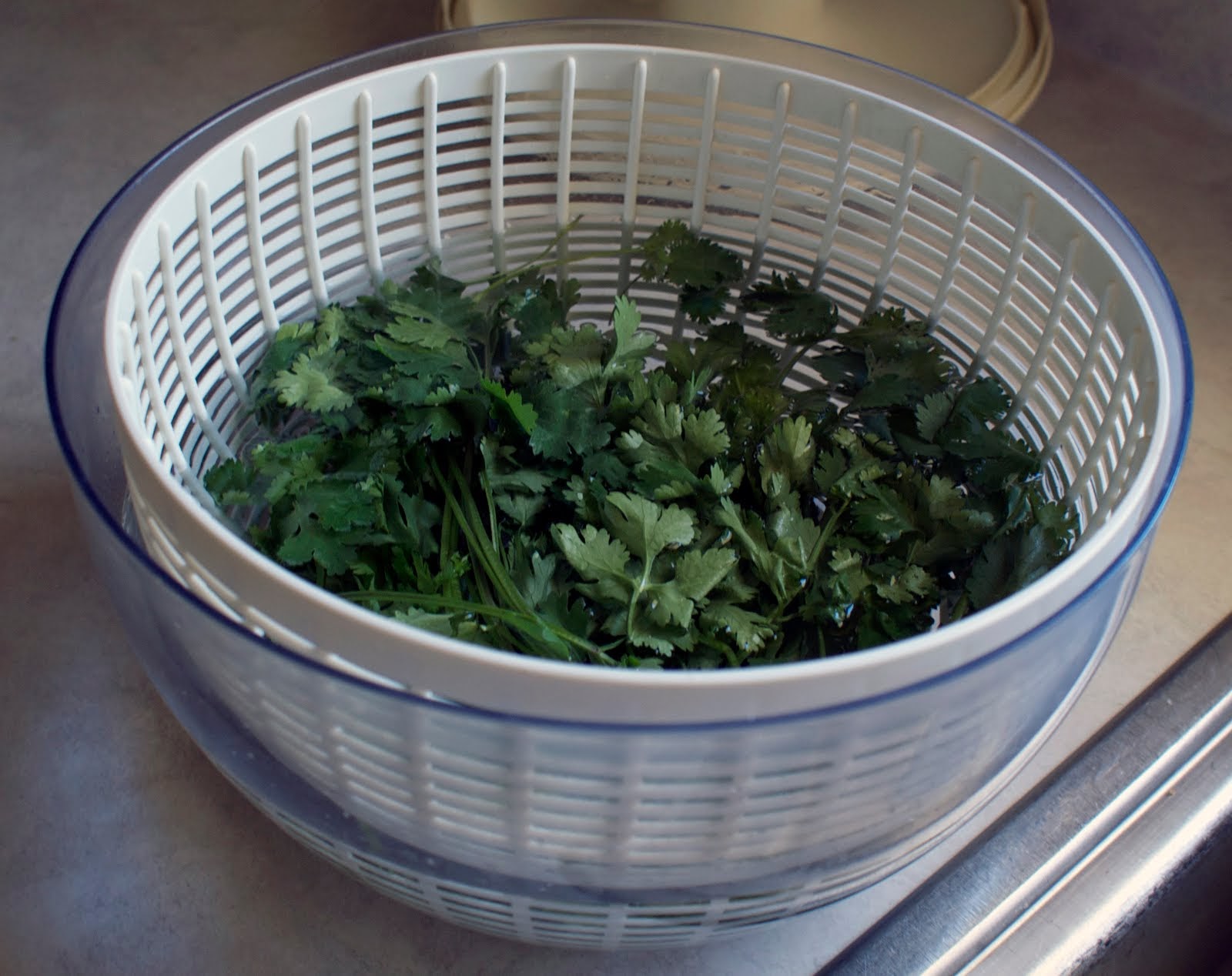

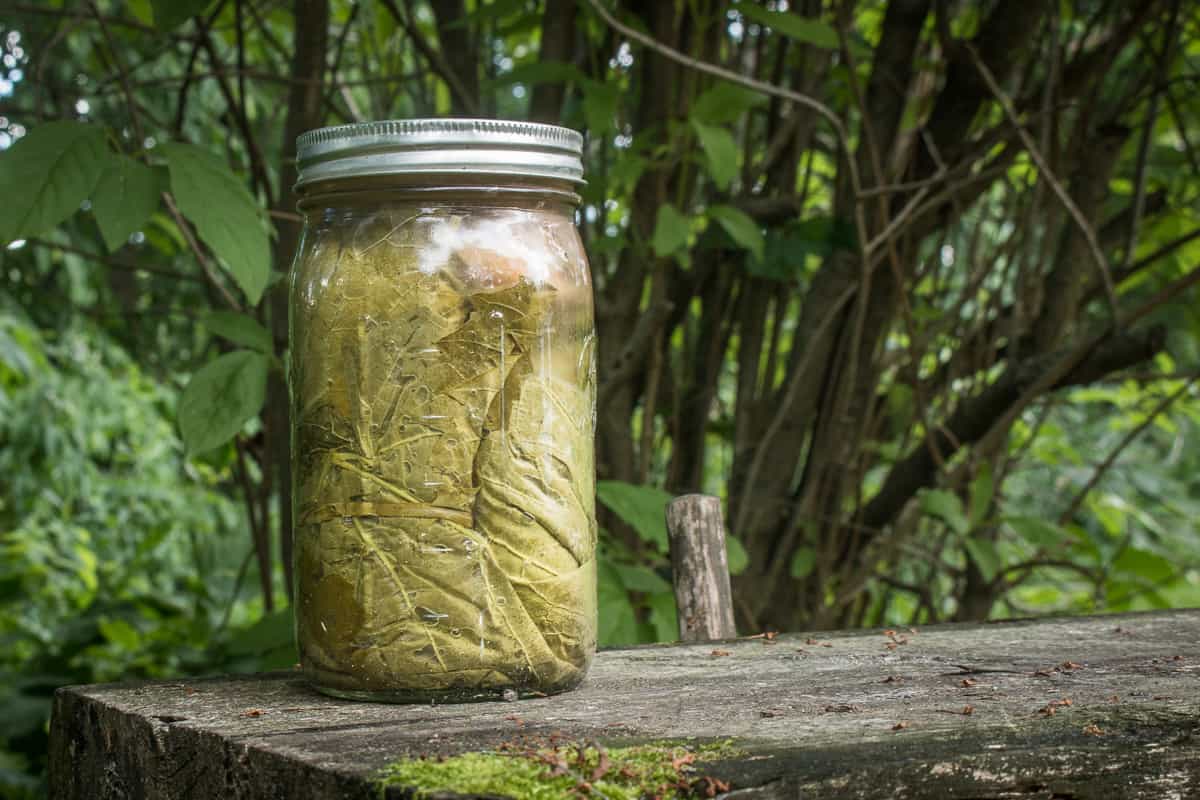


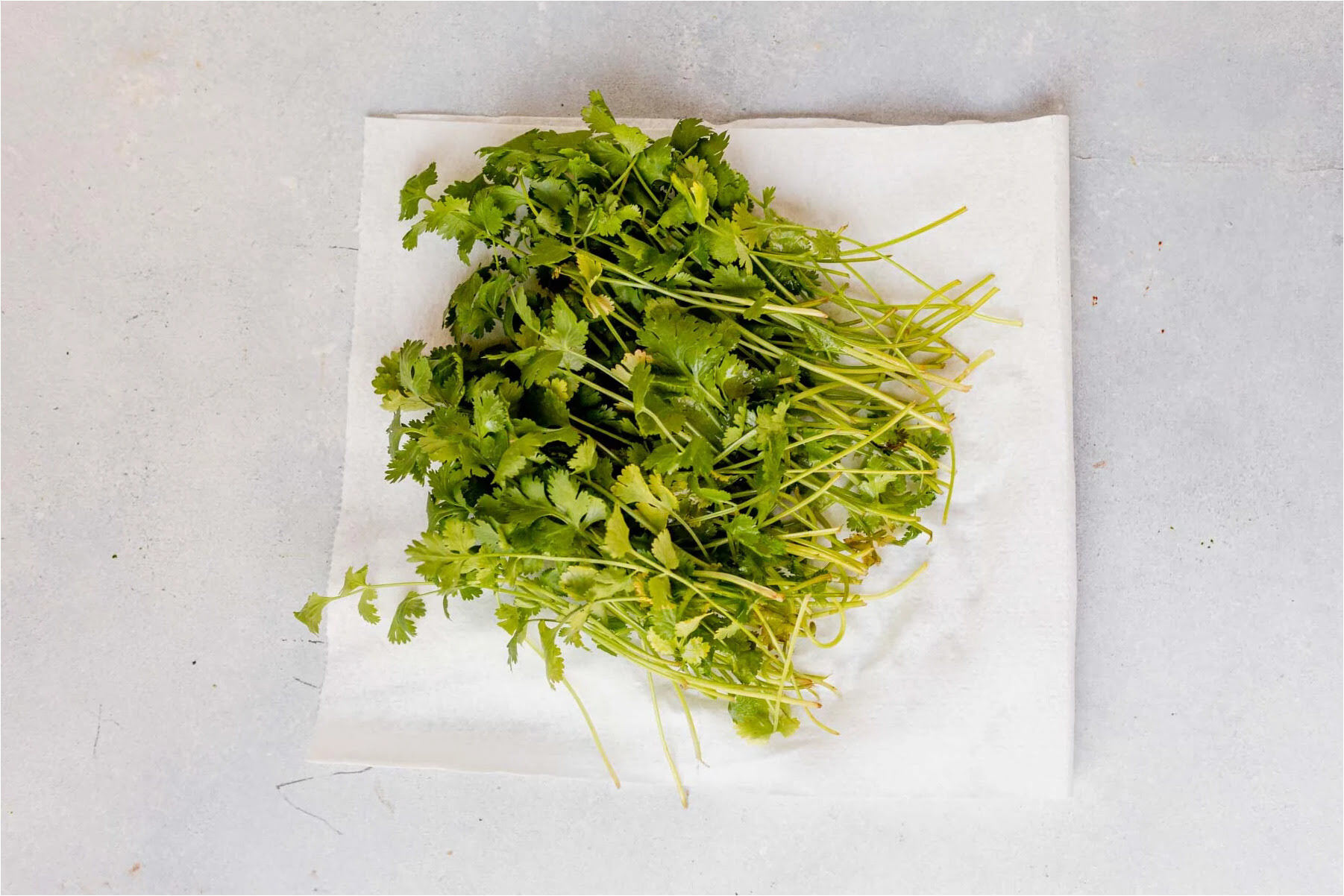

0 thoughts on “How To Store Spinach Leaves”